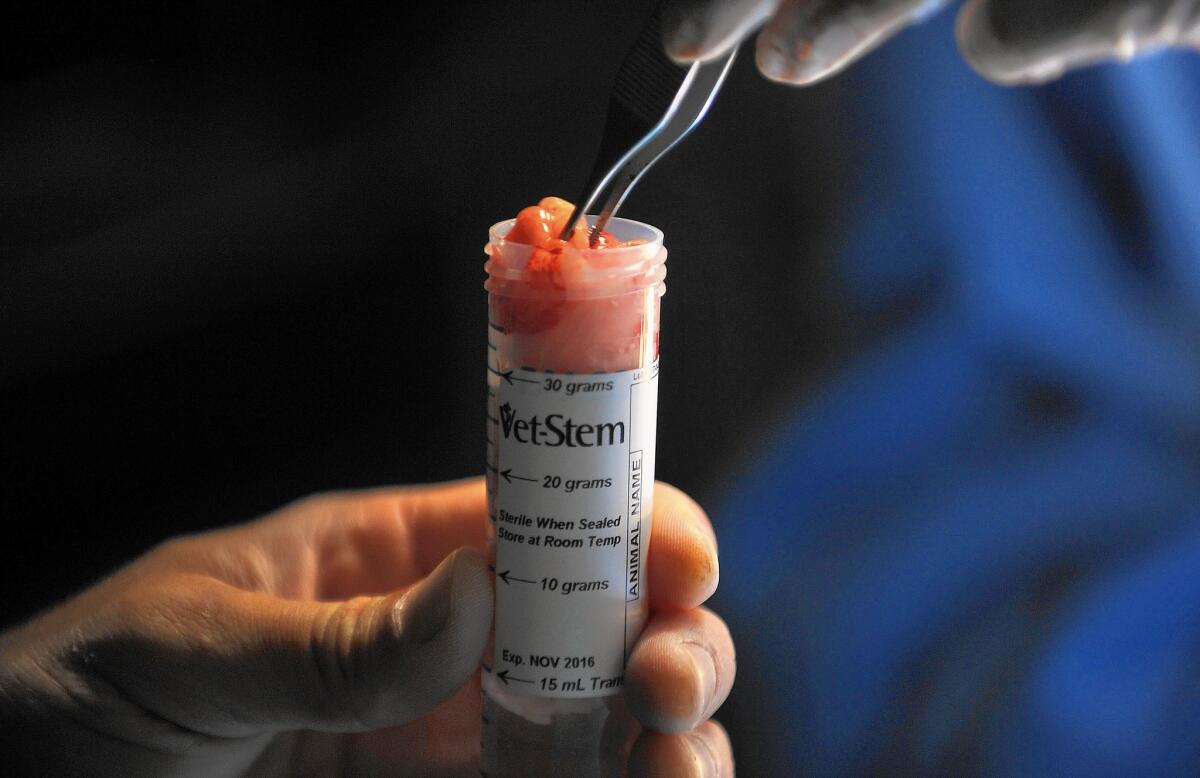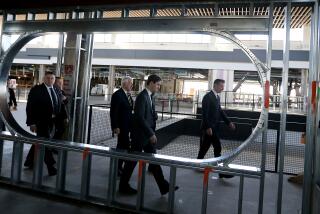California’s stem cell agency charts course for next five years

California’s stem cell agency has adopted a sweeping new plan to chart its course for the next five years and possibly beyond.
The plan approved by the California Institute for Regenerative Medicine’s board aims to make the best possible use of the approximately $900 million left from the $3 billion state voters earmarked for the institute, said Randy Mills, the institute’s president. The goal is to get as many important treatments to patients in that time, or at least get them well on the way.
The plan completes a major reorganization announced by Mills in September. It gives more consideration for projects that seek to translate basic lab research into clinical trials for people.
Key elements include:
•Getting 50 new clinical trials started in five years amid the continued pursuit of stem cell-related treatments.
•Slashing in half the time to get a lab discovery into clinical trials.
•Finding commercial partners for at least half of the products tested in clinical trials that don’t already have a business partner.
The institute’s vision also includes a center to help scientists shepherd their treatments through the governmental regulatory process, along with an “Accelerating Center” that would provide expertise to design and carry out clinical trials.
The California Institute for Regenerative Medicine, created by the passage of Proposition 71 in 2004, was once expected to run out of money in 2017. However, the net pace of spending has been less than anticipated. Some projects that received funding from the agency have failed, and their unspent appropriations have been returned to the institute.
That money has allowed the agency to extend its life to at least 2020, giving it more time to nurture projects that show promise.
The extended life also has presented challenges.
The agency had been headquartered free of charge in San Francisco under a 10-year lease, part of an incentive package from the city. Now that the lease is up, getting an affordable price in the city proved impossible, said Jonathan Thomas, the institute’s chairman.
Instead, CIRM vice chairman and former state Sen. Art Torres worked with the mayor of Oakland to find an affordable space in that city’s Lake Merritt area. The agency signed a five-year lease for that spot and completed its move during Thanksgiving.
bradley.fikes@sduniontribune.com
Twitter: @sandiegoscience
Fikes writes for the San Diego Union-Tribune.






